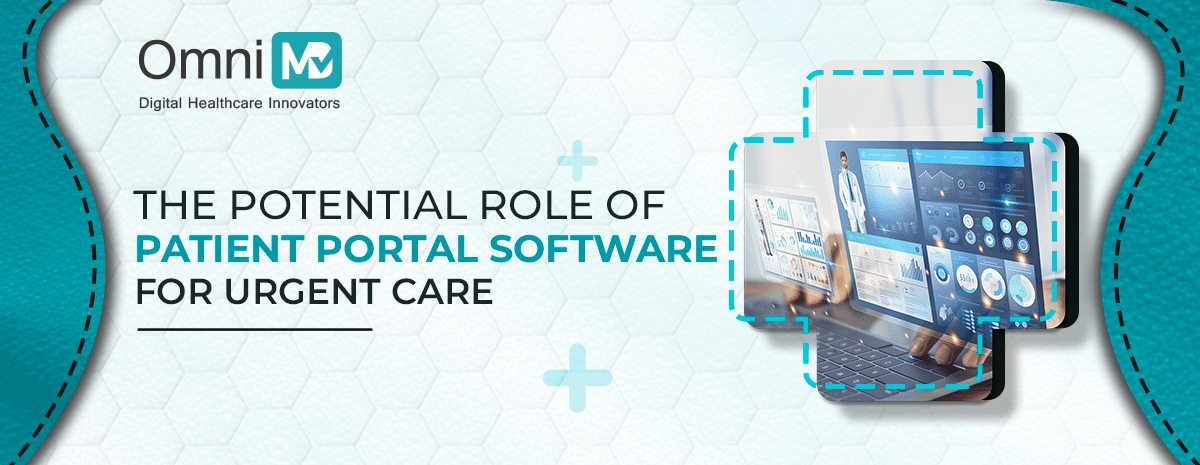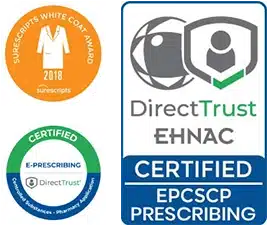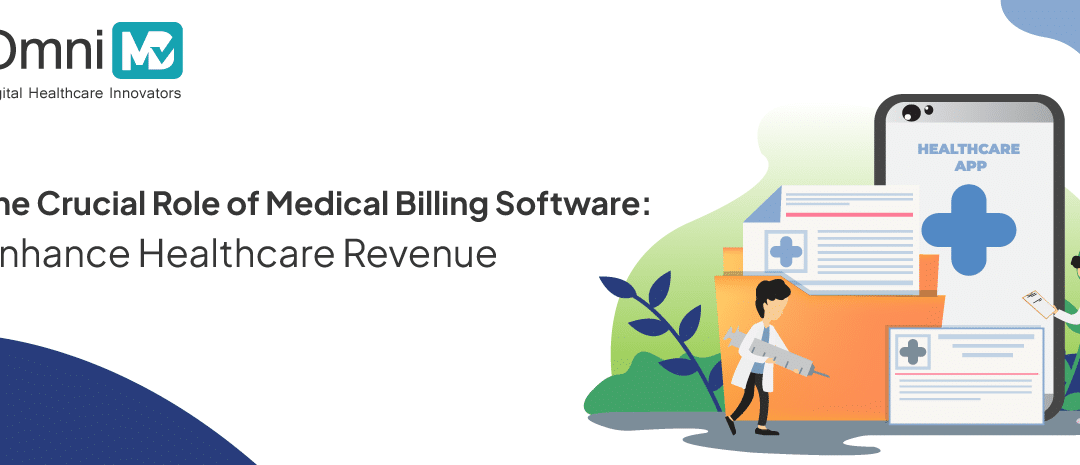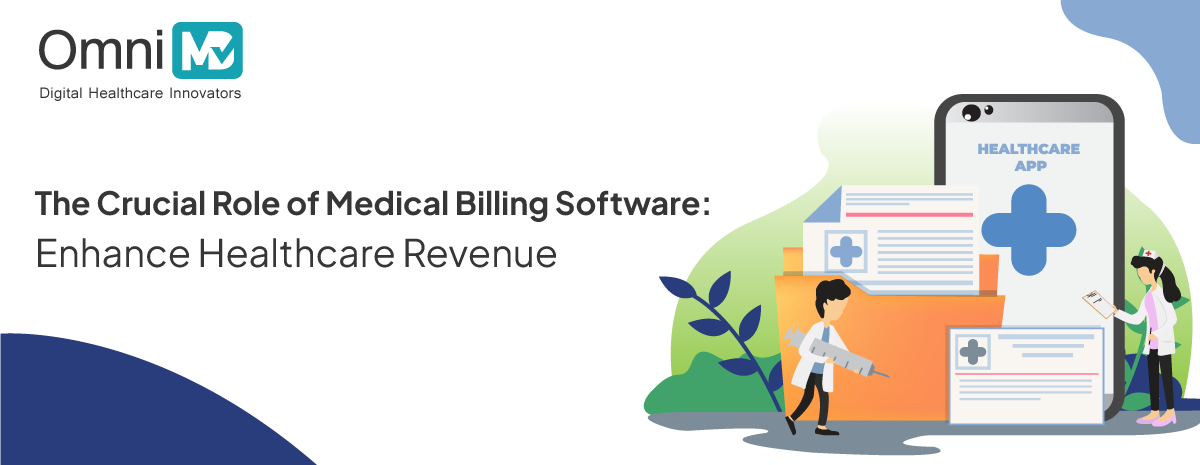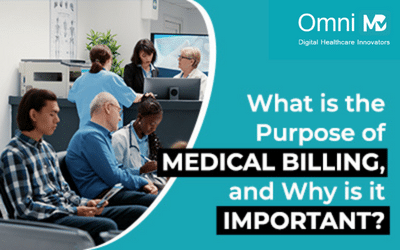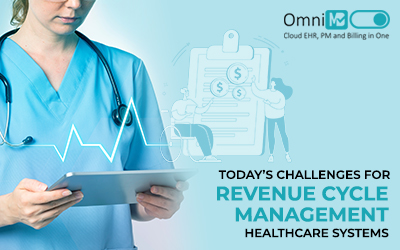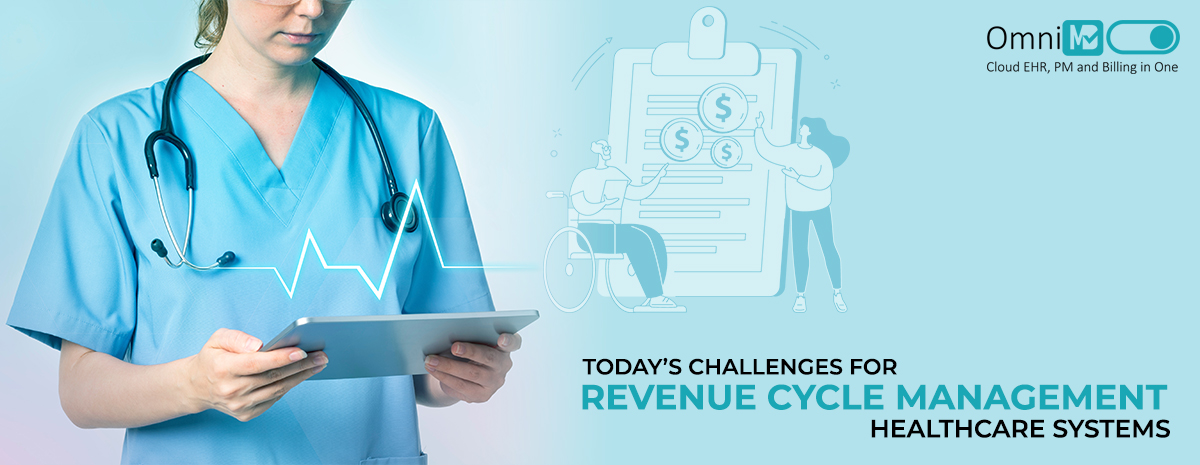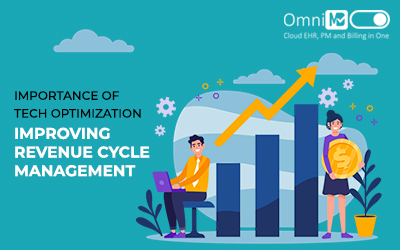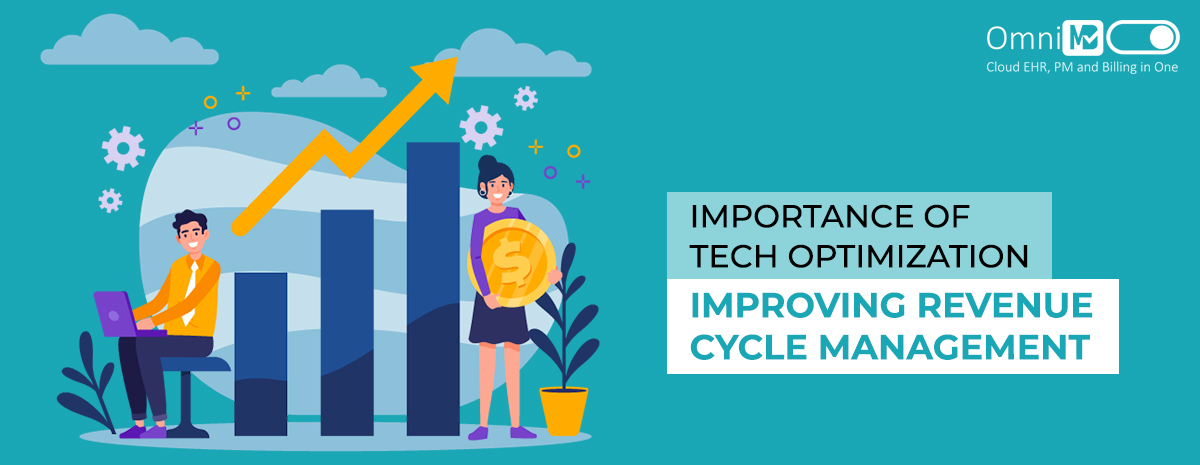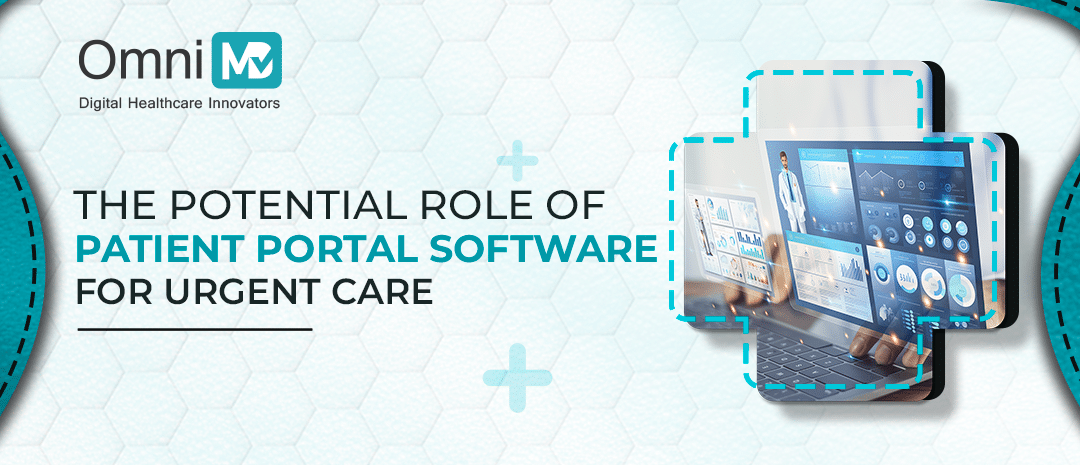
The Potential Role of Patient Portal Software for Urgent Care
In the dynamic landscape of healthcare, patient portal software has emerged as an essential tool as it offers a plethora of benefits for both patients and healthcare providers. Patient portal software serves as a virtual bridge which connects patients and healthcare providers seamlessly. With instant access to medical data, Medical Appointment Scheduling, and secure communication features, these portals contribute significantly to enhancing the efficiency and effectiveness of urgent care services.
Further, we will explore the crucial role of patient portal software in urgent care. We are going to understand how healthcare organizations can leverage their potential to provide timely and high-quality services.
What is a Patient Portal?
A patient portal is software used for managing patient’s health records including both existing data and information entered by healthcare professionals into the record system. This Secure Patient Portal is beneficial to healthcare professionals as it can oversee various aspects of healthcare management. It maintains a detailed medical history, ensures the patient’s contact information is up-to-date, and facilitates efficient communication with the responsible doctor
According to The Insight Partner, the patient portal market is expected to grow at a CAGR of 18.8% to reach US $ 8938.75 Million by 2027. Such robust growth increases the prominence of the patient portal industry which shows a significant shift in healthcare management practices.
Top Features of the Patient Portal
Healthcare organizations should seek the following crucial features of Patient Portal Software. These features collectively contribute to the efficiency, security, and patientcentred nature of a comprehensive Patient Portal Software system.
Secure Login and Authentication
There will be unique credentials and a two-factor authentication method for patients to protect sensitive health information.
Access to Medical Records
A Patient portal enables patients to easily view and download detailed medical records, including test results, diagnoses, medications, and treatment plans.
Appointment Scheduling
Patients can schedule, reschedule, or cancel appointments with their healthcare practitioners through the patient portal. Also, this software has reminder alerts for upcoming appointments.
Communication with Healthcare Providers
Patient portal software should include a HIPAA-compliant two-way text messaging platform for effective communication between patients and healthcare providers. This feature facilitates prompt responses to patient inquiries about their health conditions.
Prescription Renewal and Refill Requests
The software has a feature for patients to request prescription renewals and refills online which reduces the number of phone calls and in-person visits.
Bill Payment and Insurance Management
Patient portal software enables users to conveniently view and pay bills online. In addition, patients can manage their insurance information and claims effortlessly.
Educational Resources
Patient portal software gives access to educational materials such as webinars, articles, and videos which enhances patient understanding and engagement.
Integration with EHR Software
The patient portal can also be seamlessly integrated with Electronic Medical Records Software. It ensures the accuracy, currency, and consistency of patient data across all healthcare providers.
Key Benefits of Patient Portal
The patient portal brings several benefits that not only streamline various tasks but also empower patients in their healthcare journey.
Let’s take a look at the crucial benefits of the Online Patient Portal.
Enhance efficiency in administrative tasks
Administrative responsibilities within healthcare often consume significant time and resources. Patient portals offer a streamlined approach which boosts overall practice productivity. For instance, during initial appointment bookings, patients complete a long list of registration forms which includes personal details and medical history. Hence, the patient portal can simplify the check-in process at the clinic and make it more time efficient.
Facilitate improved patient communication
Patient portals enable healthcare providers to establish effective communication with their patients which addresses a common challenge in the busy lives of physicians. The inclusion of secure direct messaging in the patient portal enhances accessibility which fosters a transparent patient-physician relationship.
Optimize clinical outcomes
The utilization of patient portals can positively impact the clinical outcomes of practice. Patients can easily connect with their physicians through a streamlined communication channel and obtain necessary resources. It is particularly beneficial for tasks like referrals and prescription renewals that enhance overall patient care.
Attracting New Patients
The demand for patient portals and Telehealth options is rising among clients. Hence, introducing a patient portal broadens the reach of potential clients interested in healthcare services.
Enhancing accessibility
Patient portals offer patients constant access to crucial medical information which allows the upload of lab results. Hence, patients can access essential results outside regular clinic hours.
Minimizing medical errors
Communication mishaps may occur when information passes through third-party administration staff. Utilizing a patient portal significantly reduces the risk of errors which enables patients to directly convey their medical issues to the physician.
Wrapping Up
As conclude in our exploration of the potential role of patient portal software, it is a dynamic tool that not only meets the urgent care needs of patients but also successfully drives healthcare practices into the current digital age. Its role in enhancing patient engagement, streamlining processes, ensuring accessibility, and reducing errors places patient portals as an essential tool in the future of medical urgent care.

